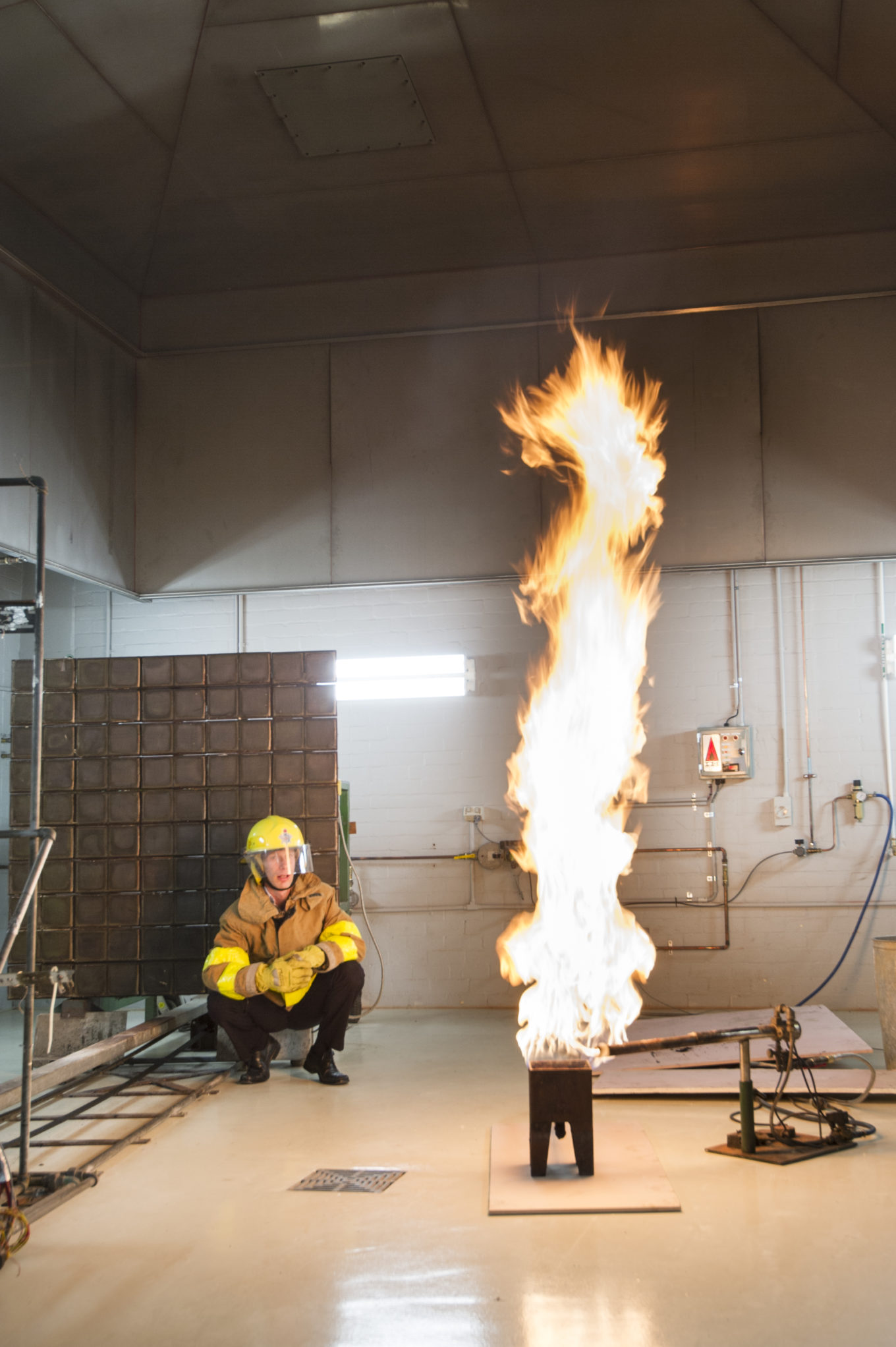Fire protection is a vital concern for both residences and commercial establishments, impacting both property but also the lives of people and households. As incidents of fire can occur unexpectedly and increase rapidly, understanding the science behind fire safety measures is essential in creating spaces that are well-prepared for crises. From implementing thorough fire safety protocols to carrying out regular fire drills, the key to successful fire safety lies in awareness, preparedness, and proactive measures.

In this article, we will discuss a variety of topics related to fire safety measures, including important advice for protecting your residence and business, the necessity of developing fire escape plans, and common fire hazards to avoid. We will also investigate targeted recommendations for different settings such as hospitals, restaurants, and educational institutions, examining crucial aspects like fire alarm systems, smoke alarms, and fire suppression methods. By equipping yourself with this vital information, you can significantly minimize the risks of fire and ensure a safer environment for everyone.
Key Flame Protection Advice
Maintaining your property and workplace safe from flame hazards is crucial for securing life and property. One of the key approaches is to regularly check and care for fire alarms. These appliances can be life-saving, providing prompt alerts in case of fire. Test alarms monthly and swap the power sources at least every year. Additionally, change out any smoke alarm that is over ten years old to ensure best functionality.
Creating a flame escape plan is an additional critical step for readiness. This plan should outline various escape ways from your house or office, ensuring that all family members or workers are aware with the exits. Perform regular fire drills to practice the escape plan and make modifications as needed. It's crucial to designate a rally point outside the building where all personnel can meet safely after exiting.
Being mindful of frequent fire hazards can considerably reduce the chance of fires. Be on the lookout for overloaded electrical outlets, frayed cords, and incorrect use of heating equipment. Ensure that flammable materials are stored safely away from heat sources and that kitchens are provided with flame extinguishers. By implementing these proactive measures, you can significantly improve fire safety in your surroundings.
### Grasping Fire Safety Equipment
Fire safety equipment is crucial for safeguarding lives and assets from the destructive effects of fire. Key components, such as smoke alarms, fire extinguishers, and fire sprinkler systems, play a vital role in early detection and suppression of fires. Smoke alarms notify occupants to the presence of smoke or heat, giving them valuable time to evacuate. It is important to regularly test smoke alarms every month and change batteries annually to ensure they function properly.
Fire extinguishers are another key element of fire safety equipment. They come in various types, including water-based, foam-based, dry chemical-based, and CO2, each designed for different kinds of fires. Knowing how to choose, use, and maintain these extinguishers can significantly reduce fire damage and ensure safety. It is advised to have extinguishers readily accessible in areas prone to fires, such as garages and kitchens, and to ensure they are checked routinely to maintain their effectiveness.
Additionally, fire containment systems and sprinklers provide instant safeguarding in large establishments and commercial spaces. These systems sense heat from a fire and respond automatically to put out fires before they can expand. Placing importance on a comprehensive fire safety system, including fire alarms and sprinklers, can offer reassurance and is important for meeting with fire safety guidelines. Understanding the function and care of these fire safety devices is crucial for anyone in charge of safety in workspaces or homes.
Fire Safety Regulations and Compliance
Fire safety guidelines are determined to defend lives and property by reducing the chance of fire incidents. These regulations often stem from national and local laws, such as those outlined by organizations like the National Fire Protection Association and the OSHA. Businesses and property owners must thoroughly comprehend these regulations to ensure compliance and maintain a secure environment for workers and residents.
Adherence to fire safety guidelines requires routine inspections and conformity to established codes, which often dictate the care of fire safety equipment, setup of smoke alarms, and the availability of fire extinguishers. It is essential for businesses to conduct fire risk assessments to recognize potential hazards and ensure their safety measures meet the standard standards. Non-compliance can lead to grave consequences, including financial penalties, increased insurance premiums, and liability in the event of a fire.
Furthermore, ongoing instruction about fire safety regulations are crucial for both employers and employees. Carrying out regular fire drills and teaching staff on emergency procedures can substantially enhance a business's fire readiness. By remaining https://telegra.ph/Dont-Toy-with-Flames-How-Expert-Services-Ensure-You-Safe-03-22 and proactive about fire safety compliance, businesses not only defend their assets but also show their commitment to the safety and health of all parties involved.
